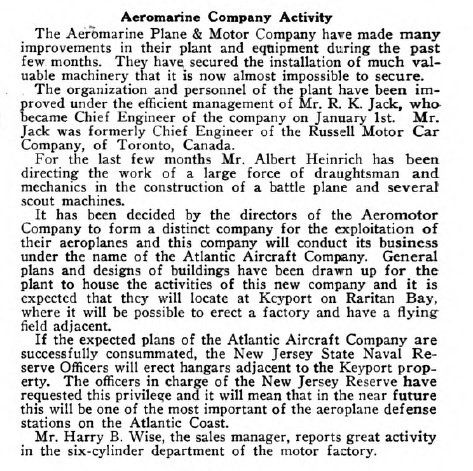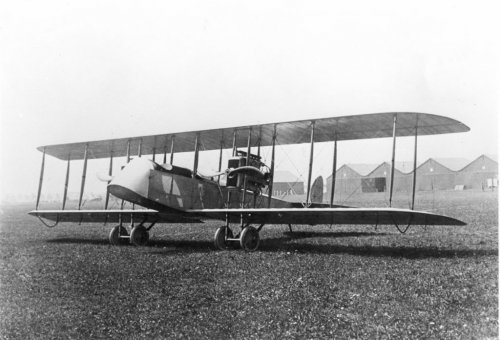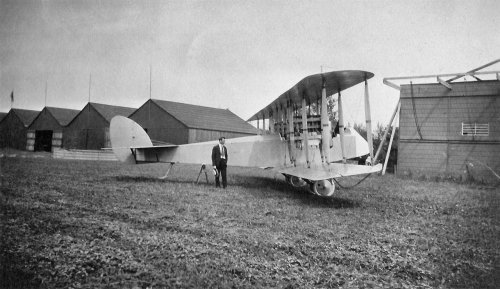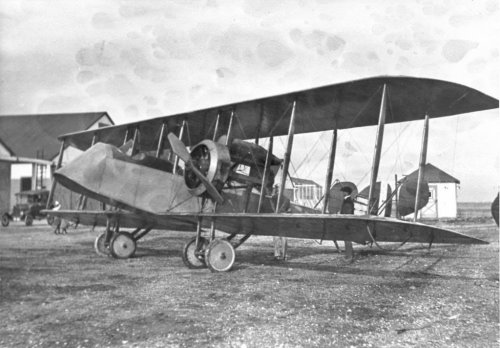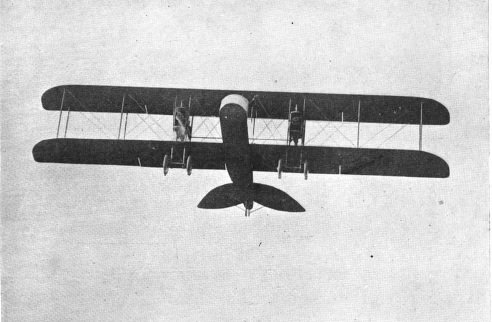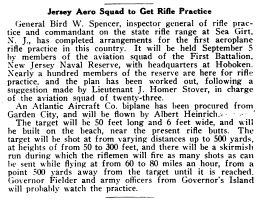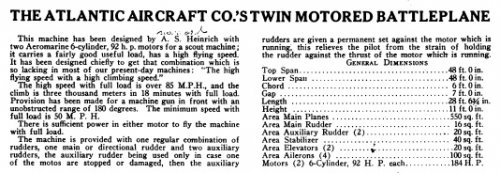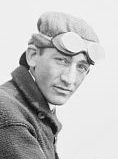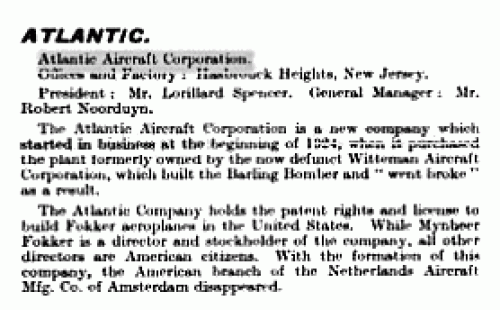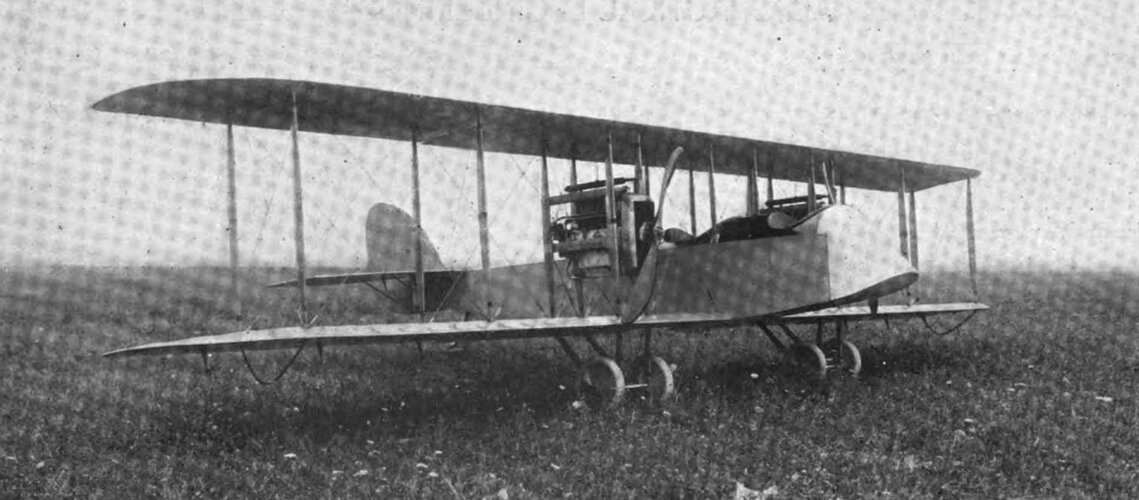- Joined
- 29 July 2009
- Messages
- 1,627
- Reaction score
- 1,942
The Atlantic Aircraft Company was formed by the Board of Directors of the Aeromarine Plane and Motor Co. in 1916 after hiring Albert S. Heinrich to become Aeromarine's chief designer in December 1915. After, having unsuccessfully marketed his fighter-trainer (Model E) and advanced fighter-trainer (Military Tractor) aircraft to the US Army Air Service, under his former company Heinrich Aeroplane Co., he was allowed, to some extent, to continue developing his designs while at Aeromarine. Seeing the potential for military aircraft sales of fighter aircraft an entirely new company and factory was planned to exist next to Aeromarine's factory in Keyport, NJ. Known as the Atlantic Aircraft Company, it would operate independently of Aeromarine. Tests on Heinrich's twin-engine Aeromarine powered biplane (later Gnomes) commenced with many flights being conducted at Hazelhurst Field, NY. By 1918 no orders were received for the plane and the company disbanded in the same year.

